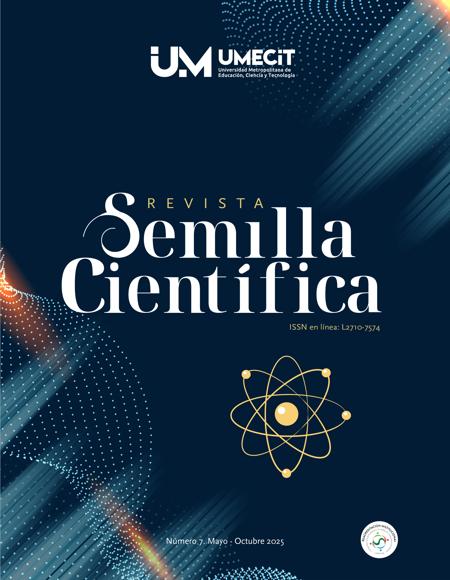Abstract
Adolescent suicide represents a critical public health problem in Panama, where approximately 120 people end their lives annually, ranking as the second leading cause of death. Of particular concern is the growing influence of social networks and the digital Werther effect in this phenomenon, with statistics indicating that 60% of young Panamanians have experienced suicidal ideation. The objective of this research was based on analyzing the relationship between social networks and suicidal ideation in adolescents, considering patterns linked to the Werther effect in digital environments, in order to recommend applications that help as prevention measures in this population. It was carried out under the quantitative method with descriptive scope, specifically focused on Panamanian adolescents between 12 and 17 years old, active users of social networks. The results of other studies showed a positive relationship between certain patterns of use of digital platforms and the increase in suicidal thoughts, identifying five main mechanisms: exposure to harmful content; excessive intensity of use; social pressure by comparison, algorithms that reinforce negative cycles and cyberbullying, the latter being the most worrying as it reflects that 64% of adolescents are exposed to hateful content. It was concluded that addressing adolescent suicide in the digital age requires comprehensive preventive strategies that include digital literacy, early recognition of warning signs and creation of safe spaces for emotional expression, as well as responsible parental vigilance in terms of content monitoring.
Keywords
References
Balt, E., et al. (2023). Social media use of adolescents who died by suicide: Lessons from a psychological autopsy study. Child and Adolescent Psychiatry and Mental Health, 17(48). https://doi.org/10.1186/s13034-023-00597-9 [8]
Child and Adolescent Psychiatry and Mental Health. (2023). El impacto de las redes sociales en la salud mental y el riesgo de suicidio en adolescentes — Plataforma nacional para el estudio y la prevención del suicidio. [10]
Diario Business News. (s.f.). Estudio revela que jóvenes panameños permanecen en promedio 7 horas al día en internet. https://diariobusiness.news/estudio-revela-que-jovenes-panamenos-permanecen-en-promedio-7-horas-al-dia-en-internet [11]
Fernández Castillón, D., González González, R., Pérez González, D., & Sancho Ceballos, C. (2022). ¿Estamos preparados para hablar del suicidio? Colegio Sagrada Familia (Burgos). https://www.unav.edu/documents/4889803/44362196/10-+Campolara+-+Sagrada+Familia+El+efecto+Werther+el+suicidio+desde+los+medios.pdf [7]
La Estrella de Panamá. (2022). Adolescentes y redes sociales: El vínculo entre la presión social y la salud mental. https://www.laestrella.com.pa/panama/nacional/voces-infantiles-silenciadas-por-el-suicidio-FC5510272 [4]
Ministerio de Salud de Panamá. (s.f.). Abordan conducta suicida en los jóvenes en jornada de sensibilización. https://www.minsa.gob.pa/noticia/abordan-conducta-suicida-en-los-jovenes-en-jornada-de-sensibilizacion [1]
Proyecto Hombre. (2023). Efecto Werther digital: Cómo las redes sociales influyen en la conducta suicida de los jóvenes. https://proyectohombre.es/wp-content/uploads/2024/12/6.Redes-sociales-salud-mental.pdf [3]
Sampieri, R., Collado, C., & Baptista, P. (2014). Metodología de la investigación (6.ª ed.). McGraw-Hill. [5]
Tamayo y Tamayo, M. (2017). El proceso de la investigación científica. Limusa. [6]
Publication Facts
Reviewer profiles N/A
Author statements
Indexed in
- Academic society
- Universidad Metropolitana de Educación, Ciencia y Tecnología
- Publisher
- Universidad Metropolitana de Educación, Ciencia y Tecnología













